Sailing to Mossel Bay over 500 years after Bartholomeu Dias

Take Off
Jörgen Wennberg
Mon 27 Nov 2017 13:35
On the 28th of November we left Port Elizabeth mid-morning. We managed to catch these beautiful pictures of Owl coming out of Port Elizabeth.   Good bye Port Elizabeth!  Quite close after leaving Port Elizabeth we got to see whales between us and shore. Amazing view!   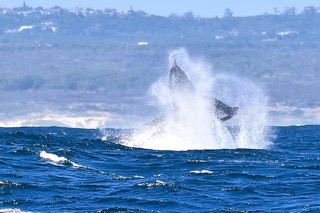 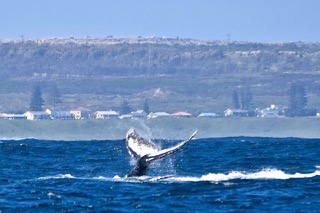 The day after we arrived in Mossel Bay in the afternoon. We anchored in the bay. After checking in in Mossel Bay we took a sundowner together with Owl, Tulla Mhor, Sandvita and Lexington at the bar with the floor of sand, “Kaai 4”.  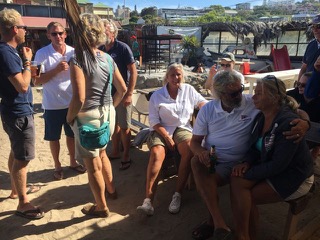 We met this lovely local couple Cola and her husband Peter (?). After the sundowner they invited us over to the yacht club.     It was a beautiful and warm day in Mossel Bay!     The day after we explored Mossel Bay. MOSSEL BAY. We payed a visit to Mossel Bay’s main attraction: “The Museum of Bartholomeu Dias”. The National Flag of the Republic of South Africa was brought into use on Freedom Day, 27th of April 1994. The unique central design of the flag which begins as a “V” and comes together in the centre of the flag can be seen as representing the convergence of diverse elements in South African society - which then takes the road ahead in unison. The picture to the left, we are explaining to Alex and Inez the route we have been sailing and what we have left coming into Cape Town.   The museum houses a full-size replica of Bartholomeu Dia’s caravel, the ship in which he became the first Portuguese and European navigator to land in South Africa, February 1488. He sailed non-stop from Lisbon to Mossel Bay in six months. Appart from this amazing sailing discovery (we are constantly amazed how they did it in those days without gps, sat phones…??), what makes Mossel Bay and this museum so special is the devotion of another modern Portuguese sailor XXXX. He aimed exactly 500 years later to sail the exact same route as Bartholomeu Dias on a replica of the boat (see below) with the same clothes, the same (poor) navigation instruments, the same maps, the same food, etc. He also aimed to sail the same amount of days or at least landfall i Mossel Bay the exact same day 500 years later on the 3rd of February 1988. Which he managed! Bartolomeu Dias, a nobleman of the Portuguese royal household, was a Portuguese explorer. He sailed around the southernmost tip of Africa in 1488, reaching the Indian Ocean from the Atlantic, the first European known to have done so. King Johan II of Portugal appointed him, on October 10, 1486, to head an expedition to sail around the southern tip of Africa in the hope of finding a trade route to India. He left 10 months later in August 1487. In the previous decades Portuguese mariners, most famously Prince Henry the Navigator, had explored the areas of the Atlantic Ocean off Southern Europe and Western Africa as far as the Cape Verde Islands and modern day Sierra Leone, and had gained sufficient knowledge of oceanic shipping and wind patterns to enable subsequent voyages of greater distance. In the early 1480,s Diogo Cão in two voyages had explored the mouth of the Congo River and sailed south of the Equator to present-day Angola and Namibia. By this Cão had paved the way for Bartolomeu Dias so he could sail straight from Portugal to the Southern tip of Africa without making any landfall. 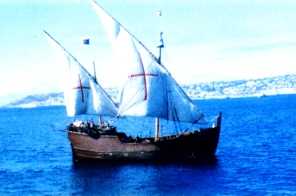   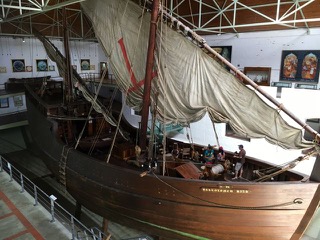    We continued our walk to Cape St Blaize where we had a great lunch at Delfino’s. Further we continued up to the lighthouse...   … experiencing a magnificent view over the cliffs.  Cape St Blaize Cave: in the cliff below the St Blaize Lighthouse, contains a record of more than 80 000 years of human habitation. Signage explains life on our shores in ancient times. 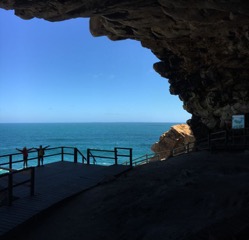   We walked down again enjoying the beautiful view over Mossel Bay.       We experienced too excellent dolphin watching spot from above the cliffs. We saw several dolphins diving in the waves washing up towards the shore. Unfortunately a bit too far away to be able to see the dolphins on the picture.   For us Europeans: a quite cool car registration sign. 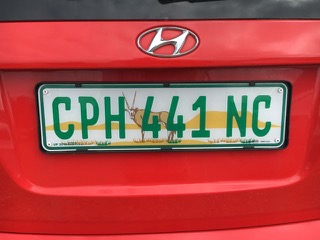 Coming back to the dinghy we had forgotten the tide…  |